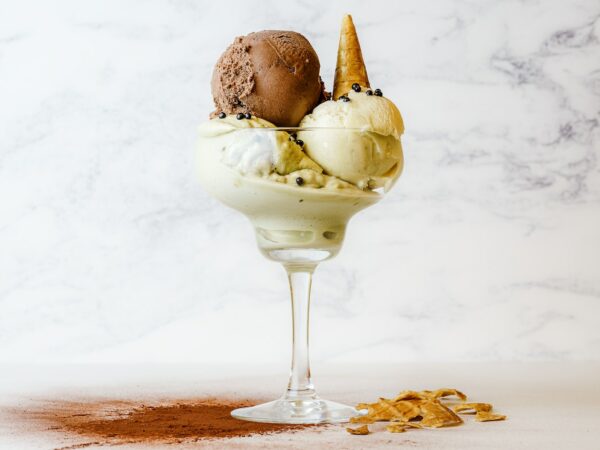
Royals vs Kings: Clash of the Titans
In the world of sports and entertainment, clashes between titans always capture the attention of fans and enthusiasts. Whether it’s a fierce rivalry in a competitive sport or a battle for supremacy in a royal court, the clash of titans is always a spectacle to behold. One such clash that has captured imaginations for centuries is the rivalry between royals and kings.
Although both royals and kings are associated with authority, power, and leadership, they come from different backgrounds and have distinct roles in society. In this article, we will delve into the key differences between royals and kings, explore their historical significance, and examine how they continue to shape our world today.
History of Royals and Kings
Kings have existed for thousands of years and have played a central role in shaping the course of human history. In ancient civilizations such as Egypt, Mesopotamia, and China, kings were revered as divine rulers with absolute power and authority. They were responsible for maintaining law and order, leading armies into battle, and overseeing the administration of their kingdoms.
On the other hand, royalty has its roots in feudal societies where noble families held hereditary titles and lands granted by the king. Royals were often close relatives of the king and held positions of privilege and influence within the royal court. They were expected to uphold the traditions and values of the monarchy while also representing the interests of the ruling family.
Key Differences between Royals and Kings
-
Title and Position: The main difference between royals and kings lies in their titles and positions within the monarchy. A king is the sovereign ruler of a kingdom or realm, wielding supreme authority over the government and its people. In contrast, royals are members of the royal family who may hold titles such as prince, princess, duke, or duchess, but do not have the same level of authority as a king.
-
Inheritance and Succession: Kingship is typically passed down through hereditary succession, with the king’s eldest son or closest male relative ascending to the throne upon the king’s death or abdication. In contrast, royal titles are often inherited by other family members according to specific rules of succession, which may prioritize lineage, gender, or seniority.
-
Powers and Responsibilities: Kings have the power to make laws, declare war, and govern the realm with absolute authority. They are the ultimate decision-makers in matters of state and are responsible for the welfare and security of their subjects. Royals, on the other hand, may hold ceremonial roles, perform charitable work, and represent the monarchy at official events, but they do not have the same level of political power as a king.
-
Symbolism and Representation: Kings are symbolic figures of national unity and pride, often embodying the values and traditions of their kingdom. They serve as the face of the monarchy and are expected to uphold its dignity and honor. Royals, meanwhile, represent the continuity of the royal family and often act as ambassadors of goodwill, promoting diplomatic relations and cultural exchanges with other nations.
Royals and Kings in Modern Society
While the traditional roles of royals and kings have evolved over time, they continue to play important roles in modern society. In constitutional monarchies, kings and queens serve as ceremonial heads of state, representing the unity and tradition of the nation while leaving the day-to-day governance to elected officials. Royals, meanwhile, engage in philanthropy, advocacy, and public service, using their position to raise awareness and support for various causes.
In popular culture, royals and kings remain prominent figures in books, films, and television series, capturing the fascination of audiences around the world. From the epic tales of medieval monarchs to the glamorous lives of modern-day royals, these stories reflect our enduring fascination with power, wealth, and intrigue.
Frequently Asked Questions (FAQs)
- What is the key difference between a king and a royal?
-
A king is the sovereign ruler of a kingdom with supreme authority, while royals are members of the royal family who may hold titles but do not have the same level of political power.
-
How is kingship traditionally passed down?
-
Kingship is typically passed down through hereditary succession, with the monarch’s eldest son or closest male relative ascending to the throne.
-
What role do modern kings and queens play in constitutional monarchies?
-
In constitutional monarchies, kings and queens serve as ceremonial heads of state, representing national unity and tradition while leaving governance to elected officials.
-
Do royals have any political power in modern society?
-
While royals may hold ceremonial roles and engage in philanthropic activities, they do not have the same level of political power as monarchs in constitutional monarchies.
-
How do popular culture portrayals of kings and royals differ from historical realities?
- Popular culture often romanticizes or dramatizes the lives of kings and royals, focusing on their personal relationships, scandals, and intrigues rather than their political responsibilities.
In conclusion, while the clash between royals and kings may conjure images of power struggles and conflicts, it is important to recognize the distinct roles and functions that these figures play in society. From ancient civilizations to modern monarchies, the legacy of royals and kings continues to shape our understanding of leadership, authority, and governance. Whether as symbols of tradition and unity or as cultural icons of entertainment, the clash of these titans reminds us of the enduring fascination with royalty and power.



